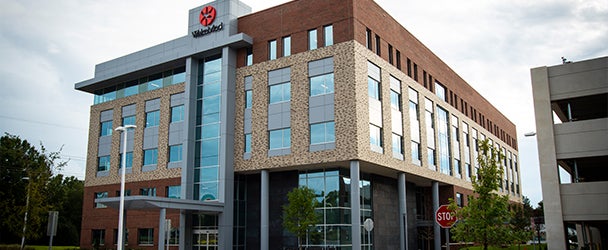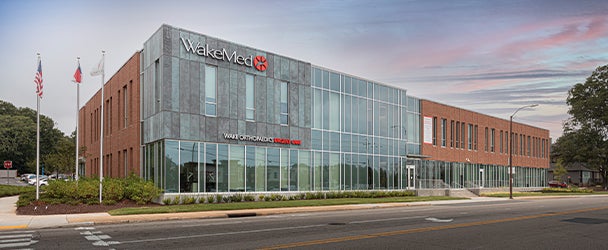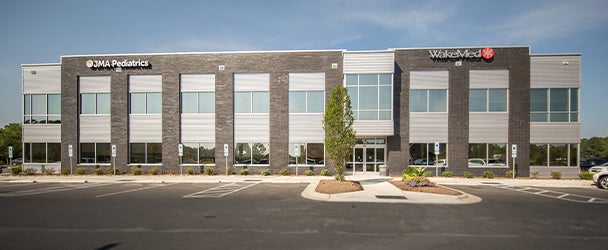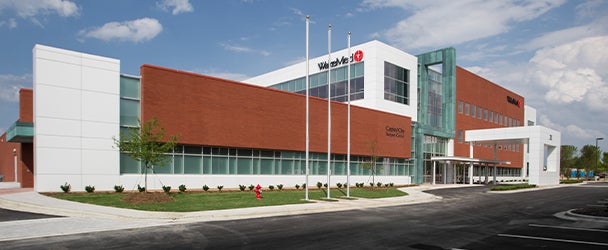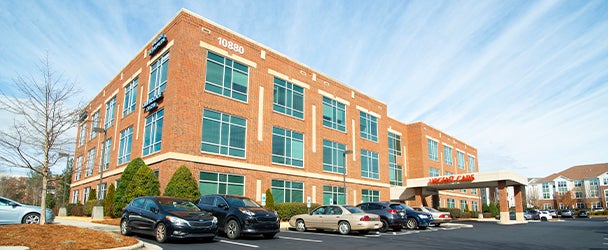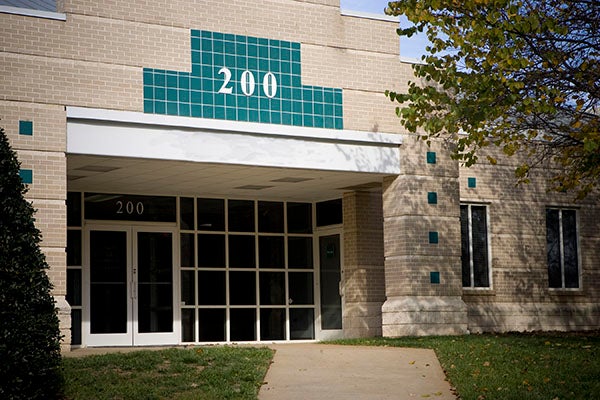Pelvic Health Physical Therapy
Pelvic floor muscle tone can change for many reasons. Pregnancy and childbirth, genetics, the aging process or chronic constipation are some of the most common causes, and it can affect men, women and children. This may result in the muscles becoming too stretched and loose, weakened, or too tight and restricted. Both decreased and increased muscle tone can lead to pelvic floor dysfunction.
Pelvic floor dysfunction such as urinary incontinence and pelvic pain associated with such issues as endometriosis or pelvic organ prolapse are very common. But that doesn’t mean you have to live with it.
Today, a wide variety of treatments for pelvic floor dysfunction exist to help you get back to living the life you want. Many of these treatments are available through a physical therapist. Our physical therapists can coordinate your treatment and work with your physician to ensure your success.
What is Your Pelvic Floor & Why is Physical Therapy So Important?
Pelvic Floor Conditions We Treat
Pelvic Floor Muscle Dysfunction in Adults and Children
- Pelvic organ prolapse
- Urinary incontinence
- Urinary retention
- Bedwetting
- Pain with urination or defection
- Fecal incontinence
- Encopresis
- Constipation
- Straining with bowel movements
- Dyssynergic defecation
- Proctaligia Fugax
- Erectile dysfunction
- Secondary anorgasmia
Conditions Resulting in Pelvic Pain
- Low back pain
- Nerve Entrapment Syndrome
- Abdominal pain
- Pelvic inflammatory disease
- Levator Spasm / Levator Ani Syndrome
- Scar tissue sensitivity
- Endometriosis
- Interstitial Cystitis
- IBS
- Vulvodynia / Vestibulodynia
- Tailbone pain
- Prostatitis
- Vaginal, rectal pain
- Testicular pain
- Dyspareunia (painful intercourse)
Pre-and Post-Surgical Rehab for Pelvic Surgeries
- Repair of vaginal wall
- Repair pelvic organ prolapse
- Surgery to repair hernia
- Surgery to repair diastasis recti
- Prostatectomy
- Hysterectomy
- Surgeries involving Gastro-intestinal system
Pelvic Floor Dysfunction Secondary to Oncology Treatments
Pelvic Health Therapy: What to Expect
Goals of Pelvic Health Physical Therapy with WakeMed Rehab
- Improved quality of life
- Reduced pain
- A higher understanding of the body
- Improved control over symptoms
Pelvic health therapy involves physical methods of strengthening and or relaxing the muscles of the pelvic floor to help improve core stability and control over urination, bowel movements and sexual function.
During your pelvic health therapy evaluation, patients can expect one-on-one time with their physical therapist in a private therapy room. We strive to provide patients with a comfortable, quiet and supportive environment to share their stories.
Pelvic floor dysfunction symptoms are very common, and we appreciate patients seeking our professional help to resolve their symptoms and improve their quality of life. We will listen to and discuss your symptoms regarding onset, triggers, duration, frequency, intensity, impact on your life and daily activities, and what you expect to gain from therapy.
We will discuss the role of musculoskeletal and neurological systems relevant to your symptoms using educational material including pictures, handouts and 3D anatomy models. With your consent, we will complete an assessment of the pelvic girdle muscles, joints and sensory functions and then discuss a treatment plan to address your specific symptoms.
Therapy sessions may include exercises designed to address the presenting symptoms, manual therapy as indicated, pain management techniques, education and strategies to improve pelvic health related to specific patient symptoms. Your therapist may also use biofeedback technology to improve your awareness and control of your pelvic floor muscles.
